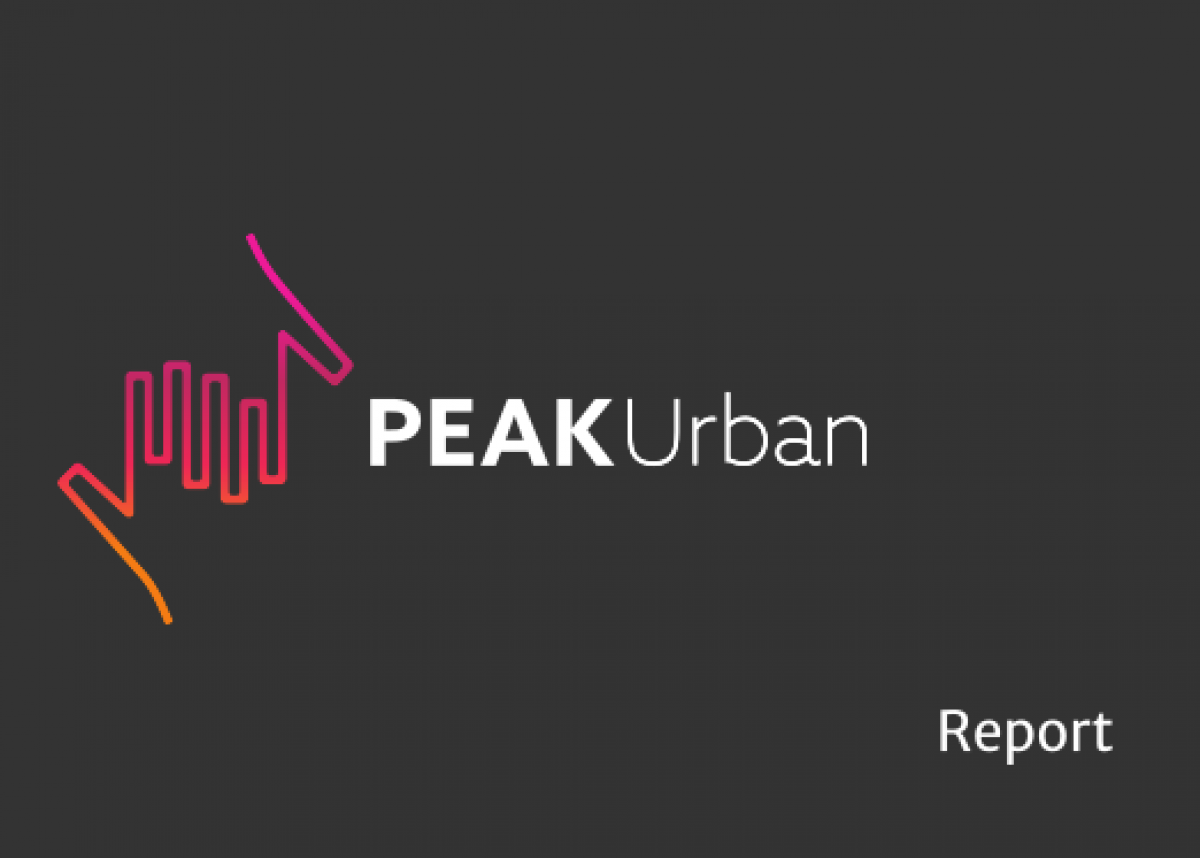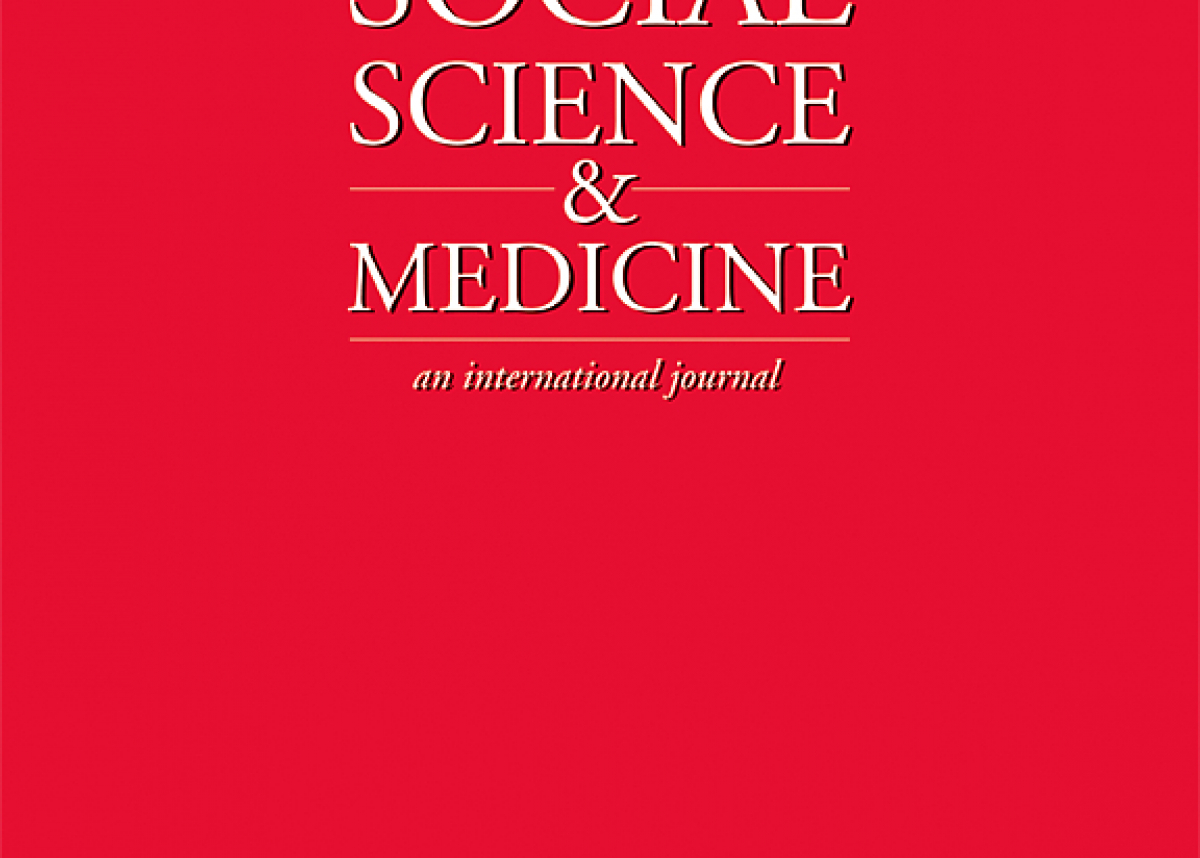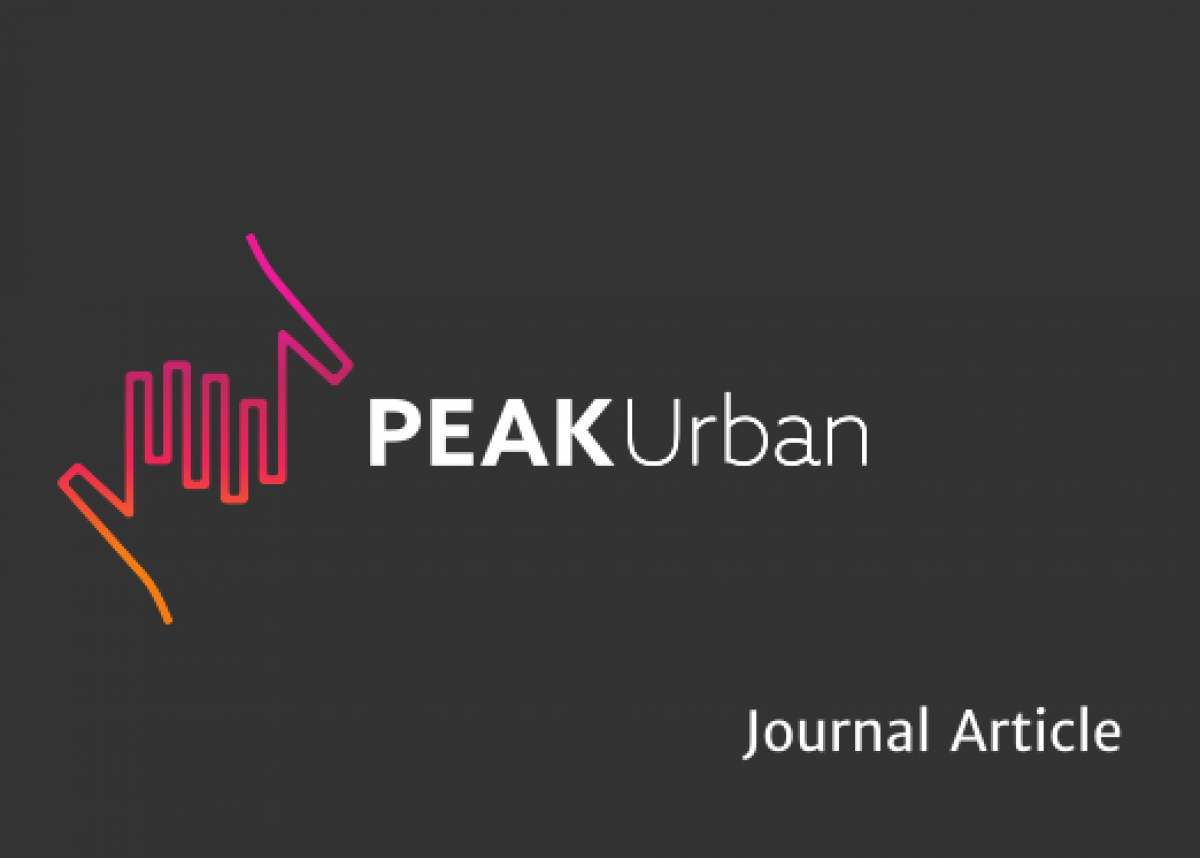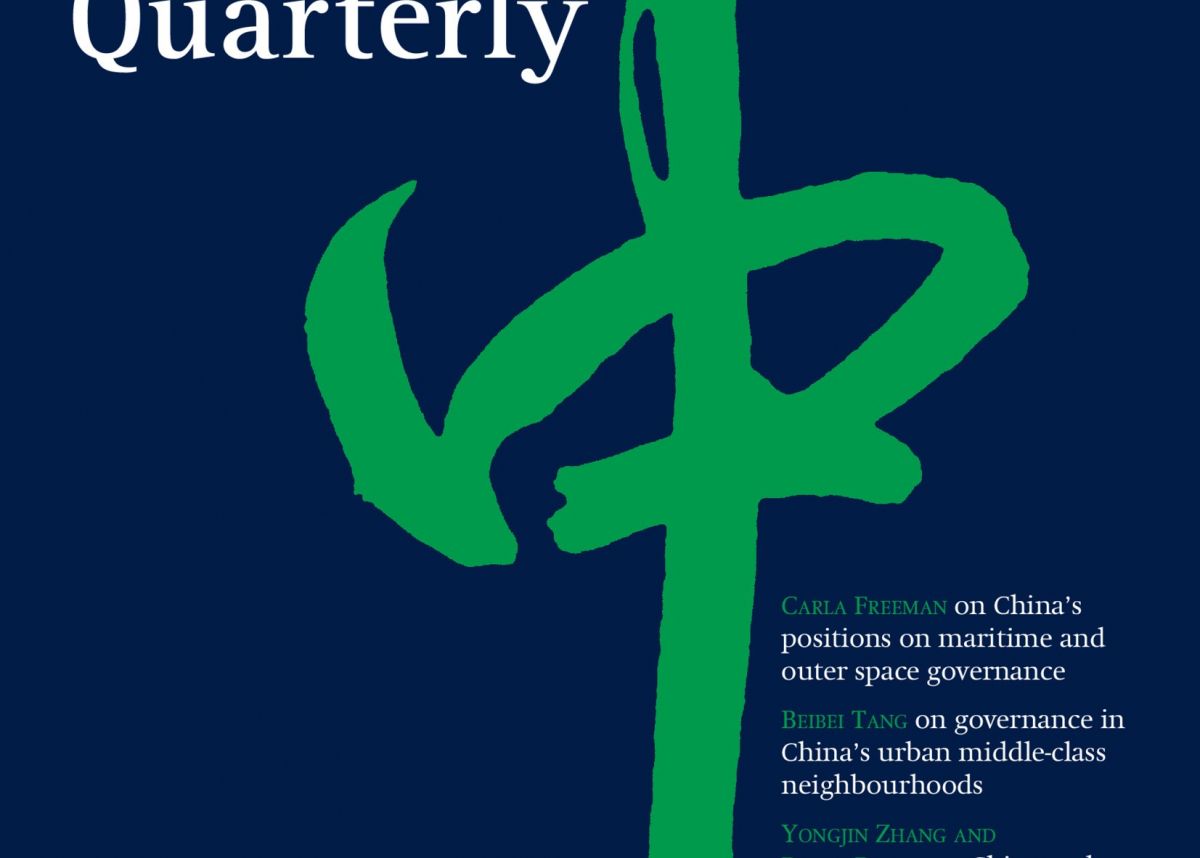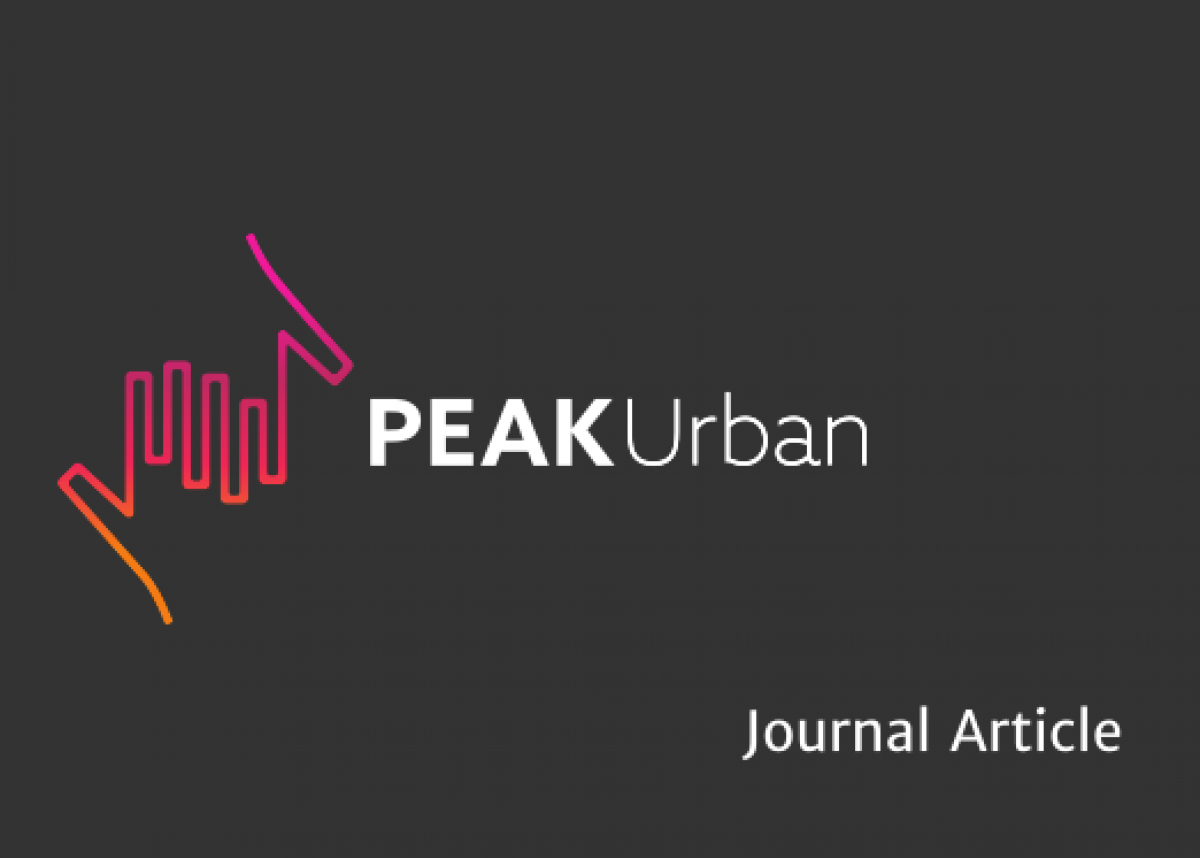
New-type Urbanization and Population Development of Ji’nan
Ji’nan, the capital city of Shandong Province, was an important central city in northern China due to its convenient traffic and high political status, but its development has been slow in recent years and its status in the country has declined, despite the growing demands of its residents.
In order to support the development target of Ji’nan City in its strategic planning as “the development leader of Shandong, the central city of China, and the charming spring city of the globe”, this report has clarified the main issues of population and urbanization development of the city by identifying gaps between current urban development features and demands of residents.
The data source of this report is mainly from the census, the national dynamic monitoring of floating population, and rural surveys. Further, combining the features of the city with its development goals, we have predicted the population size, age structure, urbanization level and spatial layout, and proposed corresponding strategies and possible measures for local government.
This report has identified three aspects of problems (also the three major demands of residents) in Ji’nan's new-type urbanization and population development; the lack of employment opportunities and shortage of talents; the unsustainable development mode and relatively severe pollution; and the low coordination and sharp inequity between urban and rural areas.
In response to these problems, this report has proposed the following measures:
- promote industrial upgrading and elevate the attraction of talents to meet demands on employment of residents. We recommend that the government actively introduce high-skilled talents and strengthen traning in various key industrial fields, in order to improve the overall level of industries and create more attractive employment opportunities.
- build the ecological safety net in urbanization to meet demands for better living environments by strengthening environmental pollution control, improving resource use efficiency, and adopting resource conservation as a critical tool in the transformation of urbanization development.
- stress equal treatment between urban and rural people and between local and non-local people to meet demands of residents, by ensuring local institutions build a more urban-rural balanced basic infrastructure and to realize a balanced and fair public service system for all, regardless of whether residents are local or non-local.
